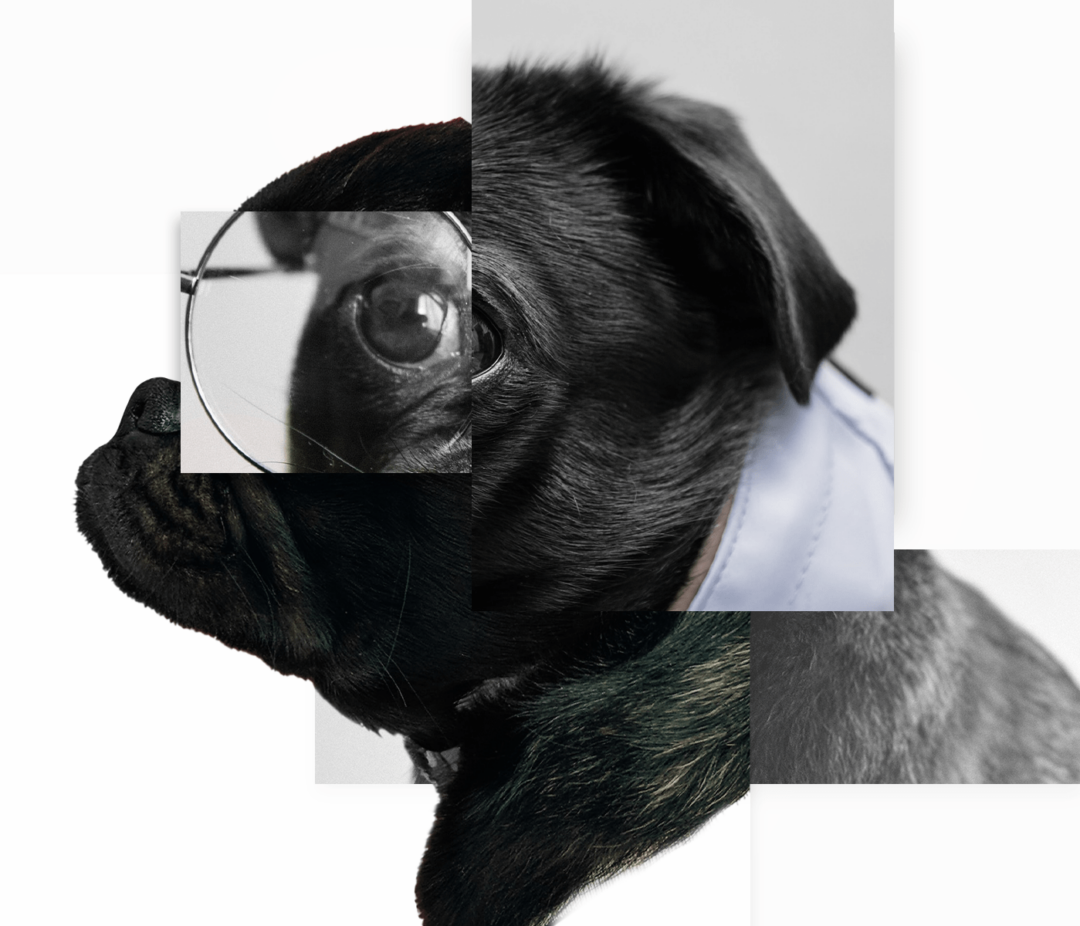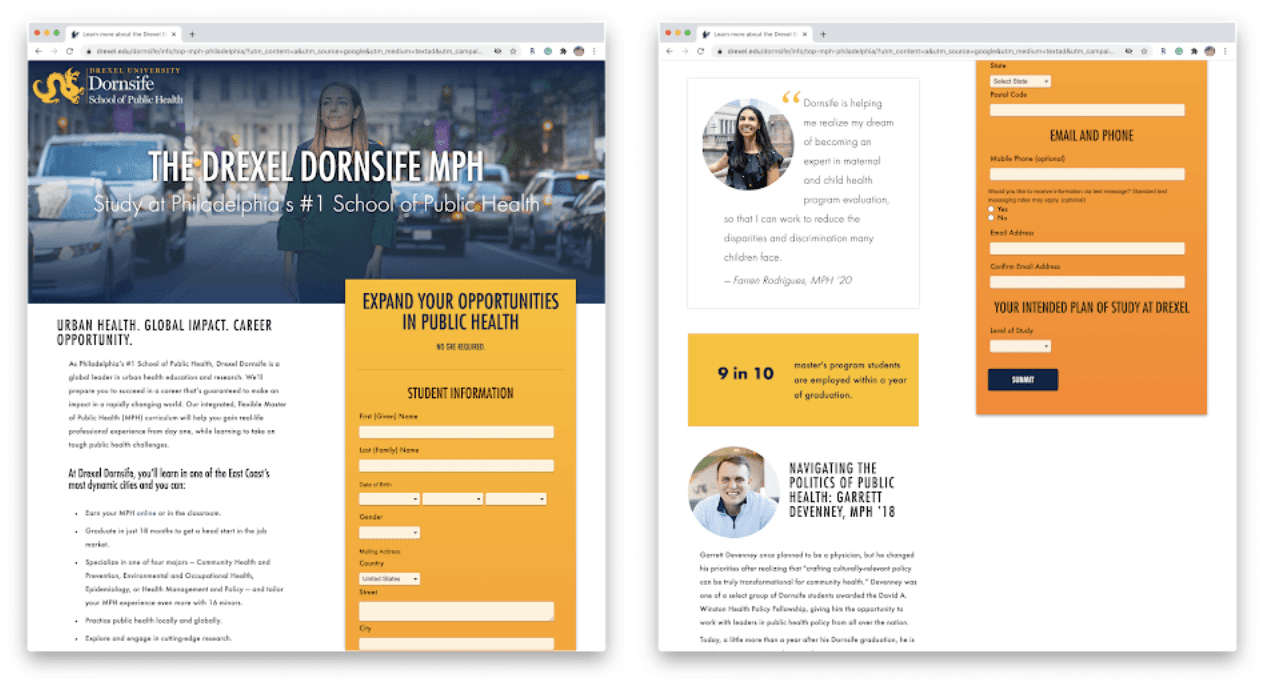Design User Experience Web Design
Using Neurodesign to Drive Action

By \ April 12, 2022
Did You Know There’s Actual Science Behind Driving User Action?
Marketers have been using our evolving understanding of human behavior to influence consumer behavior for decades. Here just a few ways marketers are tapping into human behavior to drive action:
- Suggestion Impulse Buying: the concept that we buy things not based on need, but on how they are presented to us, a major influence on the layout of grocery stores and retail outlets.
- Decision Fatigue: suggests that willpower is like a muscle and gets tired with overuse. With so many decisions to make during your “quick trip” to the store, you give in to the impulse to buy candy at the checkout, something you wouldn’t have done if candy was placed at the entrance.
- Stimulus Progression: the theory behind Muzak, used to both calm the nerves of early elevator passengers (hence the term “elevator music”) and increase the productivity of workers—and the buying impulses of shoppers. As “background” music picks up in tempo and volume, workers become more productive, and shoppers increase their consumption.
But Neurodesign is taking all this to another level.
What is neurodesign?
Here’s how idfive founder Andrés Zapata defined neurodesign in a piece he co-authored for the Journal of Education Advancement & Marketing.
Neurodesign is an emerging field of design practice that uses knowledge of brain–behavior relationships to create designs that grab attention and therefore drive action. Neurodesigners enhance the effectiveness of their work by taking advantage of how the human brain works.
Andrés has written extensively about neurodesign on his way to a doctorate in Information and Interaction Design. Our team uses his insights to create designs that can be proven to better capture attention, increase motivation, and—yes!—drive action. It informs our work on everything from websites and landing pages to banner ads and print pieces.
Neurodesign basics
While it’s impossible to condense neurodesign into a few bullet points, here are some of Andrés’ high-level findings that are of particular interest—and practical use—for designers and marketers.
- You’ve got to act fast. Cognitive psychologist researchers at Carleton University reported in the Behaviour and Information Technology journal that people make a “like” or “no-like” decision about a web page design in as fast as 50 milliseconds. That’s astonishingly fast—1/20th of a second, to be exact—but what’s more arresting is that people will subsequently work hard to “confirm” their initial assessment, ignoring evidence to the contrary. The researchers call this confirmation bias phenomenon the “halo effect.”
- Attention spans are limited. Attention is the most finite and precious commodity we have. And in the digital age, competition for that precious resource is fierce. Neurodesign breaks down our attentional systems into two major categories, one that’s outside of our conscious awareness and the other that we’re aware of. Neurodesign research has revealed a lot about the limits of our cognitive focus: that we can pay attention to no more than four things at a time; that attention is maintained for 10-18 minutes at best; and that information overload significantly limits that window, regardless of how motivated we are.
- We are visual creatures. “I’ll believe it when I see it.” “A picture is worth a thousand words.” It turns out that there’s brain science behind those adages: one of the four lobes of the cerebral cortex is entirely devoted to processing visual information. And not only do we process visual stimuli faster than information obtained from other senses, we trust it more as well.
- Faces matter. Because of a pea-sized area of the brain—the fusiform face area (FFA)—we process human faces automatically and immediately. Not only that, but we’ll take on the emotion that face exhibits, with “happy” faces increasing recall, credibility, and likeability. We also follow the gaze of the face we’re encountering, known as the joint attention phenomenon.
- Color matters too. All designers—actually, all humans—understand that there’s a link between color and emotion. Neurodesign takes that information a step further: positive emotions increase task persistence and completion. Color choices, including the combination of hue, brightness and saturation, that evoke positive emotions will drive user action.
Neurodesign before and after

The landing page on the right employs key neurodesign principles to promote simplicity, evoke joy, and drive action, including:
- Limited content to avoid attention overload
- Use of “happy” faces
- Color choices that support positive emotion and enhance task persistence and completion
Driving action—for good
We’re excited about putting the insights of neurodesign to work for our clients, because we only work with brands on a mission: higher education institutions, the health-care sector, nonprofit organizations, and government agencies. We’re not selling “stuff,” we are fulfilling our mission to amplify good. And while that’s a simple mission statement, the work our clients do is anything but simple, like elevating mental health care, ending hunger, or exploring the wonders of outer space.
For us, creating designs that link a prospective student to the college where they’ll enjoy their greatest success or guide a donor to the opportunity that best matches their interests and maximizes their philanthropy is the true measure of a job well done.
To start a conversation about incorporating neurodesign in your recruitment and fundraising communications, reach out to idfive.
Peter is unequivocally the coolest person in the office. Having served in university leadership and on executive boards, Peter has a lot of experience in a lot of areas. And he helps gain our clients’ trust and support from Day One. Peter is also an expert on enrollment and content strategy and institutional branding and communications. There’s nothing this guy can’t do, but he’s exceptionally good at bringing us artisanal bread on Friday’s paired with well-baked puns.